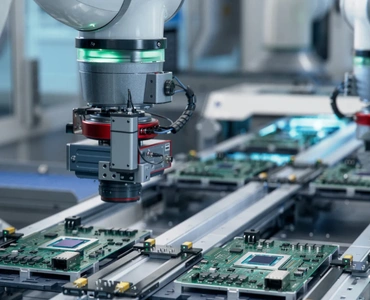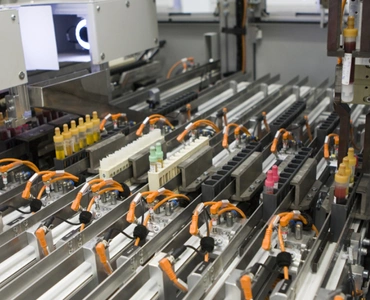HIGH TECHNOLOGY
High technology (high tech) or frontier technology (frontier tech) is technology that is at the cutting edge: the most advanced technology available. It can be defined as either the most complex or the newest technology on the market.
A widely accepted classification of high-technology manufacturing industries is defined by the OECD. This classification is based on the level of research and development intensity within OECD countries, resulting in four distinct categories.
Startups focusing on high-tech innovation—often referred to as deep tech—develop groundbreaking technologies rooted in scientific advancements across various disciplines. These technologies typically aim to solve complex, real-world problems.
The global high-tech market is highly dynamic and subject to seasonal fluctuations. It relies on intricate supply chains involving multiple suppliers, which can be affected by shortages or regulatory challenges. To stay ahead, companies require early visibility into product lifecycle events, seamless customization, and efficient third-party integrations.
Sophisticated networks of sales and marketing channels—including dealers, resellers, VARs, and strategic alliances—play a crucial role in reaching end users. These systems generate valuable data that, when effectively leveraged, can offer a significant competitive edge for both OEMs and consumer electronics companies.
The high-tech industry thrives on cutting-edge innovation and advanced technological solutions. It is driven by agile companies that continuously evolve with market and technology trends.
In today’s fiercely competitive landscape, technology is no longer optional—it is essential. It enables businesses to explore new opportunities, reach diverse markets, and enhance user experiences. More importantly, success lies in crafting the right strategy to implement technology solutions that align with your business goals and long-term vision.






